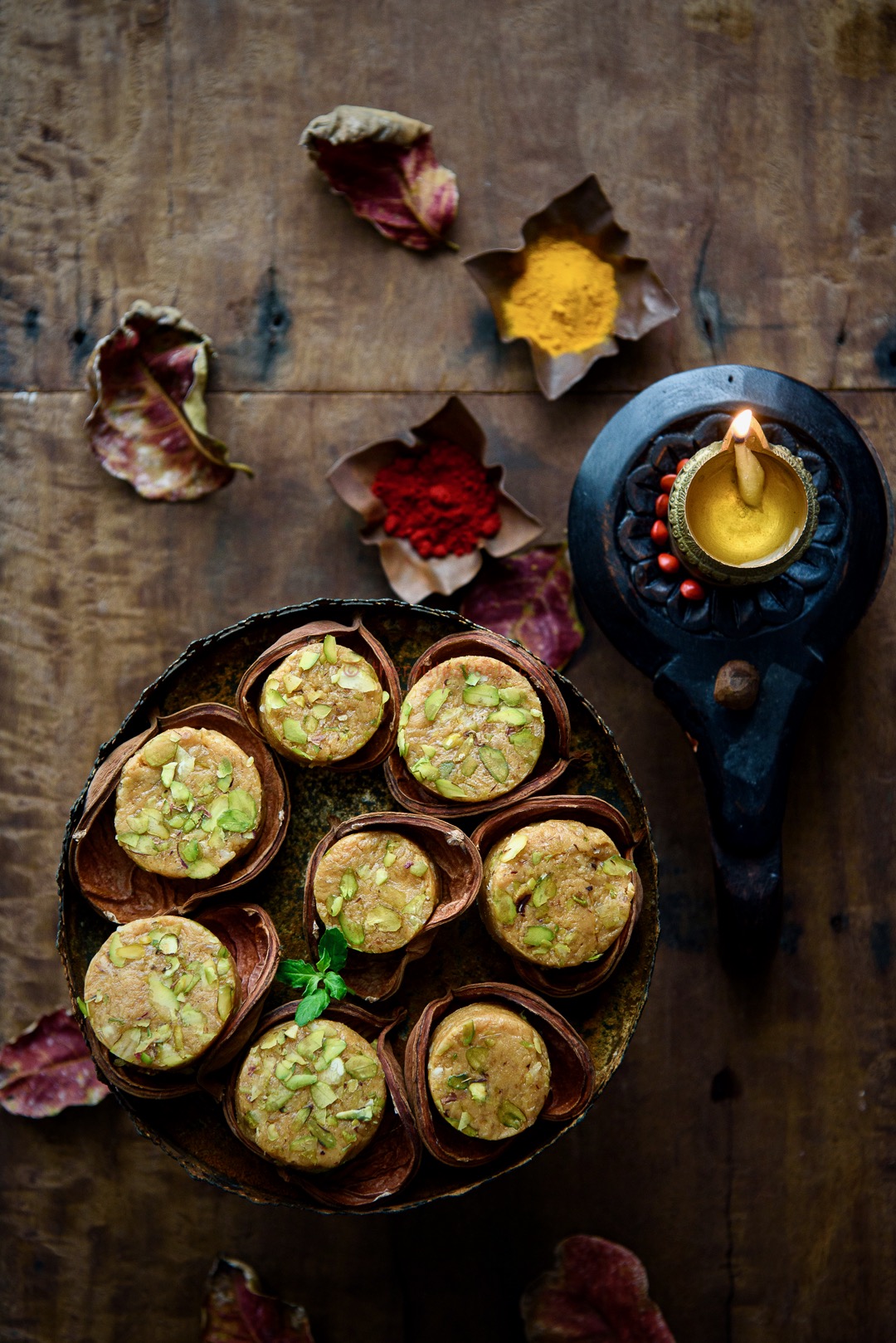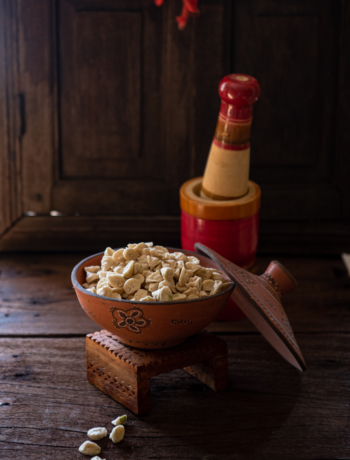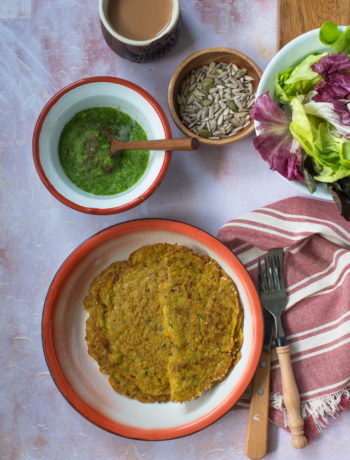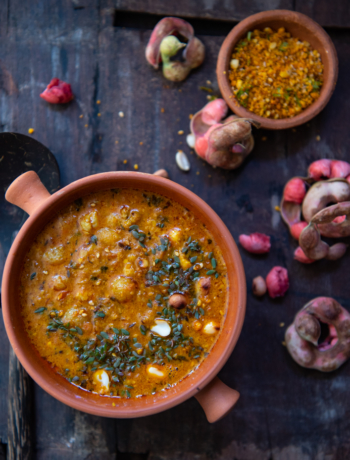Sharad, Vasant, Magha and Ashada are the four Navratri that fall in a year. The Sharadiya Navratri near the autumn equinox is the most celebrated one. Once again I requested Shwetal to write a post on this festival.
“Shardiya Navratri, as it is called is a very special Navratri. Mainly because of the way we celebrate it. There are 4 Navratri however, the two, Chaitra and Shardiya are special because they fall at the cusp of seasons that can be felt distinctly. You don’t have to subscribe to a belief to feel the rays of the changing sun or the temperatures changing. Our bodies can sense the difference before our mind can see the date. Sharadiya Navratri comes at a time when we are moving from the sultry monsoons to the nippy winters, and the change can be felt almost overnight. The skies that were once cloudy now shine their stars. What better to do than to celebrate. (Climate change and we don’t feel the nip in the air). Business picks up. The Potter(Kumbhar), the Carpenter (Suthar) have to stop working during monsoons, as the climate is not conducive for their work. So the first thing that the Potter makes is the Garbo,(the clay pot with holes, symbolic of the womb which is worshipped during Navratri) and then they make diyas during Diwali. Which is why many Garba lyrics hark to the artisans, to join into the revelry as their good days begin. A ritual is set around giving them work. Of course, now things have changed, nothing stops, except probably the Potter cause his production system has not changed. Going back to the main narrative, the monsoon crop is ready for harvest and as the farmer sharpens the sickle, the potter readies his wheel and the carpenter sharpens his saw. Mythological stories talk about Lord Rama asking Ma Amba to fight the demons, and it is believed that the atmosphere is charged with the feminine energy. It is to soak this energy that we come together and do the Garba under the open skies. Even a non-believer will feel the cosmic energy when standing under the moonlight in these 9 days. The change in the season brings a range of fresh produce in the market, which offers us better opportunities to cook a variety of new dishes.”
As I wind up this Prasad series , this Apple Barfi seemed apt as it is about a fruit we all associate with autumn/fall.

Apple Barfi
Ingredients
- 3.5 cups losely packed grated apples (3 large or 500 grams)
- 1/3 to 1/2 cup khadi sakar/rock sugar, powdered (adjust to your taste and the sweetness of the apples)
- 200 grams mawa, grated or crumpled
- 1/4 cup ghee, melted
- 1/4 cup chopped almonds
- 1/4 cup chopped pistachios
- A pinch of cinnamon powder or 1/4 teaspoon powdered green cardamom
Instructions
Place a thick bottom Kadai on medium flame.
Add the ghee into the Kadai.
Once the ghee warms up, add the grated apples.
Cook the apples untill they lose all the moisture. Takes around 15 minutes on low to medium heat.
You will feel the apples have turned light as you stir and they will take a light brown in colour and release ghee.
Once the apples are well cooked, add the sugar, keep stirring.
The apple + sugar mixture, after it has cooked will release ghee.
Add the grated mawa. Mix in well. Keep cooking and stirring.
The mixture as it cooks will release ghee and leave the sides of the kadai.
Immediately, turn off the flame or else the Barfi will become chewy.
Add the cinnamon or cardamom powder and half of the chopped almonds and pistachios.
Mix well.
Let the Barfi come to a room temperature in the Kadai.
Transfer to small greased thali or pan. Garnish with remaining almonds and pistachios.
Slice and serve.





No Comments